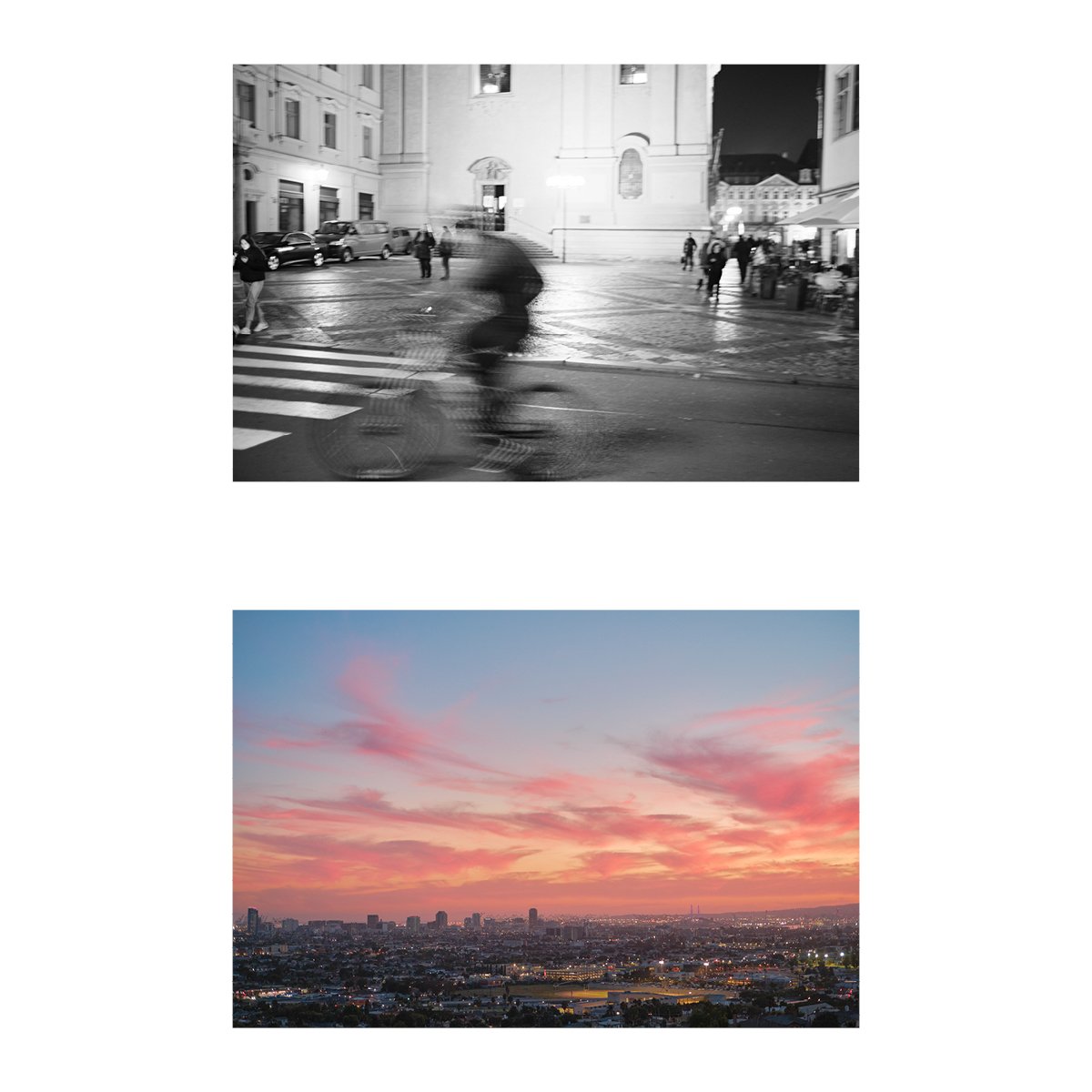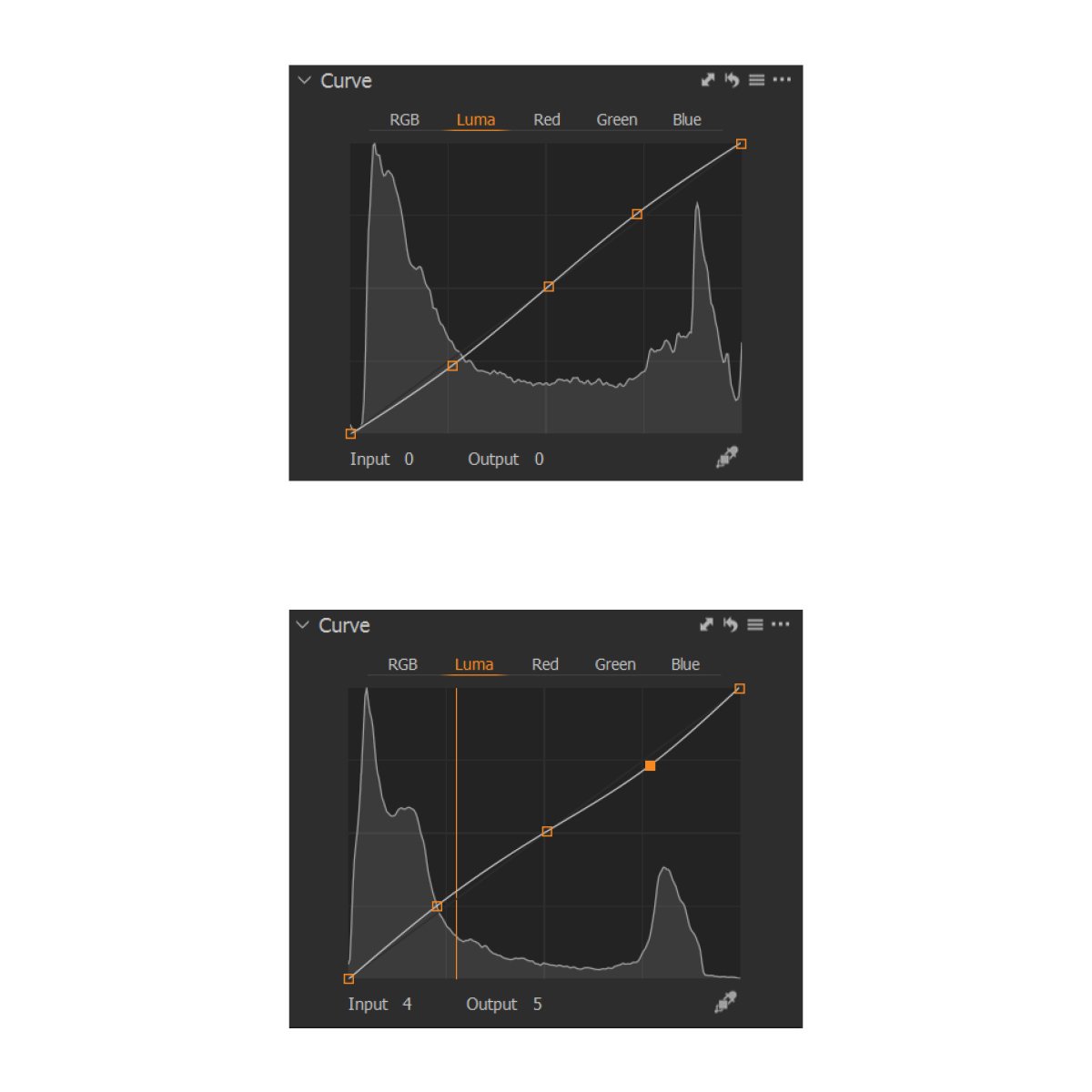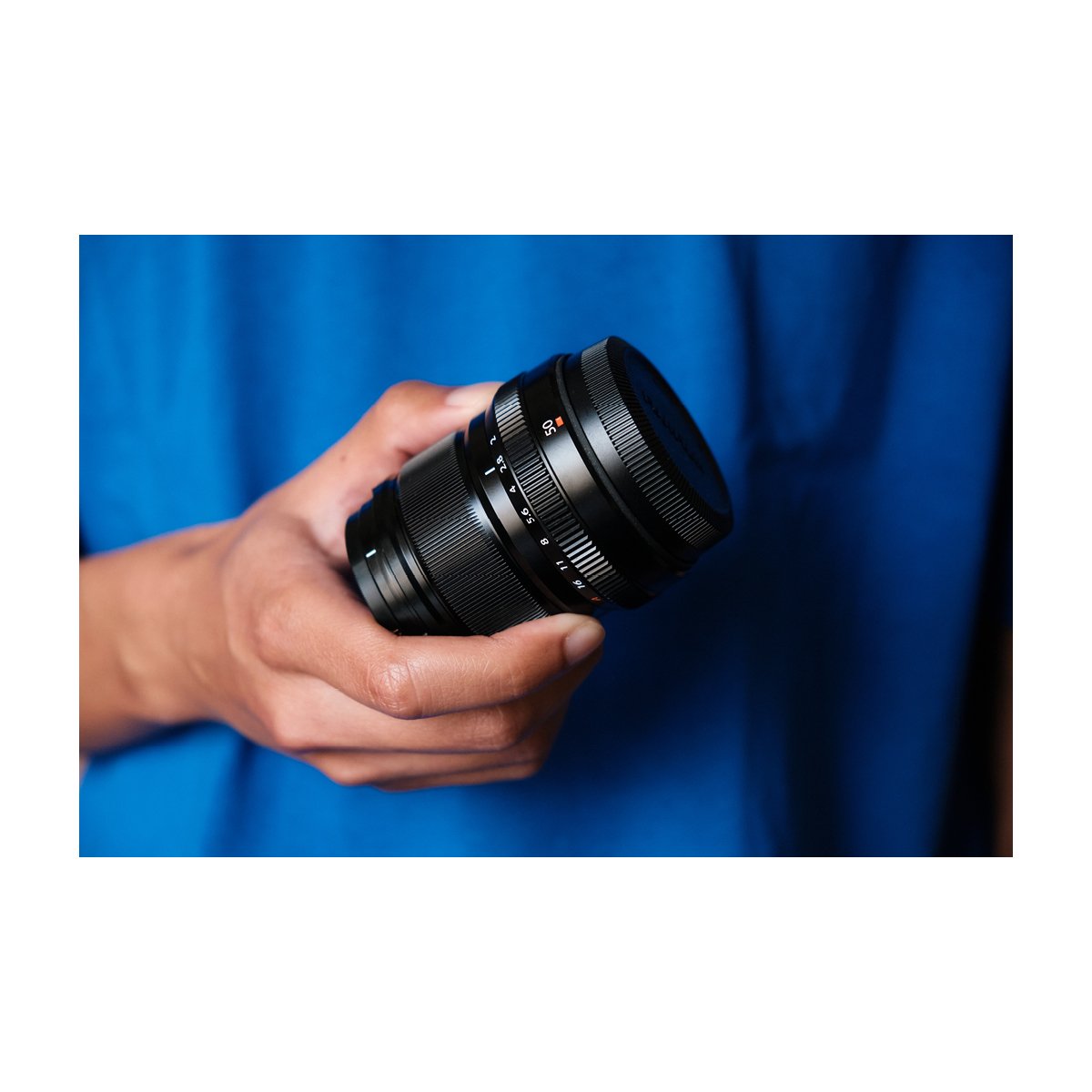The 3 Essentials of Photography You Should Know (and how to master them)
Throughout my many years of taking photos, I’ve found there to be 3 main essentials of photography.
Today we’re going to go over them and how to master them.
This is based on my newly released course “Photography Essentials”.
It’s a free resource I’ve spent the past 6 months or whatever making to help you learn photography.
If you’d like to just skip all this and get to the meat - click the link here.
Again, it’s free.
Plus each lesson comes integrated with individual photo assignments to help you learn each concept through experience.
Whether you’re an expert or beginner, this can help you build or rebuild a solid foundation for your photography - from the ground up.
This is useful if you’re someone who is confused by all the information available online, doesn’t know what to work on, and just needs someone to tell them what to do.
And these are basics that stay relevant.
You don’t have to worry about learning something you’ll never use because I myself find myself coming back to these principles over and over again.
So these are my essentials.
It’s not a comprehensive overview of all of photography - just the main 20% that makes up 80% of what I do.
Your photography may require something different, but I think you’ll find something in here useful.
Lets get started.
Exposure
The first photography essential is exposure.
Many of you are probably already familiar with the exposure triangle.
The exposure triangle is composed of 3 things: aperture, shutter speed, and ISO.
By understanding and utilizing these 3 components properly, we can get our images looking the way we want.
A quick overview of each setting and what they do:
Aperture controls exposure as well as focus.
A wider aperture or lower number means less stuff is in focus.
A narrow aperture or higher number means more stuff is in focus.
Lower aperture, brighter image, higher aperture, darker image.
Shutter speed controls exposure as well as motion.
By raising or lowering your shutter speed you can capture objects in place or in motion which can give your images a sense of time.
ISO controls exposure as well as noise.
Generally the higher you raise your ISO, the more noise you add to your image.
ISO can be a very doubled sided tool - it can break many images but I wouldn’t shy away from it because it can be useful in lowlight scenarios.
That’s our exposure triangle - understanding these 3 things well will allow you more control over the big and small parts of your photography.
So get comfortable with each setting and what they do - it’s important.
Moving on.
Composition
Our next photography essential is composition.
Composition is multivariate and we could break it down into many different aspects.
But for me, the 3 main components of composition are: perspective, light, and framing.
I’ve found that I focus on these main 3 within my photography - they make up the bulk of how I pick my shots.
And the other smaller more nuanced aspects can be important as well but if I add too much stuff it gets complicated.
Perspective you can think of as orientation.
It’s not only how you position your camera but also how you align things within your frame.
Getting perspective right will allow viewers to more easily understand your image and make your photography more relatable.
Light is kind of crazy because it not only exposes our images but can create shapes and draw lines within our frame.
Meaning to use light properly we need to learn to see it and change the way we look at the world.
Framing, again, is multivariate, but the most basic framing tool is the Rule of Thirds.
Understanding this concept and it’s many facets (I’ve broken this down in other videos) will allow you to get proportions, spacing, symmetry, and making use of your space right.
So those are the composition essentials.
Don’t get overwhelmed - in Photography Essentials I’ve broken them down one by one to make it easy for you.
Editing
Finally, lets talk about editing.
This is the third photography essential, and I know, it doesn’t apply to everyone.
There are you special folk that like to shoot jpeg and whatever - not everyone edits their photos.
But for me, I believe it to be an essential of photography because it’s not only what allows us to try and understand different looks but it serves as an important learning tool for knowing what we did wrong.
Many times when we’re editing we realize the different mistakes we made when shooting, and what we could do better.
And this serves as “review time” for us photographers - that’s why I think its so important.
The first is “tones” - which is understanding the lights and darks of your image and how to edit for them.
This can be curves like the S-Curve or Reverse S-Curve or the highlight and shadow sliders.
Color is also quite important.
In both Lightroom and Capture One there are many different tools we can use to manipulate color.
Things like the sliders, color wheels, HSL panels, etc.
And when photo editing there are so many things we can do, that I find beginners often do too much.
So when editing, it’s also essential to remember a few frameworks.
The first being: “Less is More”, a helpful phrase to keep in mind so you don’t overdo your edits.
There’s also synergy, which is learning to edit your photos in a synergistic way.
Editing that works with the photo, not against it.
If you can understand at least the basics of each concept, your edits will improve, your photography will improve, and you’ll just be more comfortable and less scared of the software itself.
Again, we break down all these different topics and help you learn them in “Photography Essentials”.
Let’s keep going.
Mastery
Finally, lets talk about mastery.
For many people they view photography as a hobby, just for fun, to capture pictures of their friends or stuff on vacation.
That’s perfectly fine.
We all have different reasons for doing things and you don’t have to be so serious about it.
However, if you wanna take more better photos, I’d encourage you to think about photography with a mindset of mastery.
What does this mean?
This means that instead of flopping around here and there, you’re being intentional about it.
You’re paying attention to your mistakes and trying to improve them later on.
You’re viewing photography as something you’d get better at over the course of your lifetime, not something to try and get good fast at.
And you’re much more willing to spend extra time nailing the basics, the essentials.
Because focusing on the basics is what will actually take you to the next level.
It’s not learning the fancy skills or how to do these crazy tone curves.
Or trying to mathematically get a Fibonacci spiral in every photo.
And it’s for sure not saving up to buy the best gear, thinking it’ll improve your photography.
It’s the boring little basics, done meticulously over the course of many years, that will lead to mastery.
And it doesn’t have to be boring.
Have fun with it.
Treat each and every little new thing you’re learning like a child does when he/she does it for the first time.
That’s what will give us the sustainability to enjoy photography over the long term while also getting good at it.
Makes sense?
So anyways, if you wanna learn more in depth on any of these topics we’ve mentioned today, please check out “Photography Essentials”.
It’s a free resource I’ve created to help you get up to speed with photography and ignore all the noise.
Or brush up and solidify your basics if you need to go back and rebuild your foundation.
I really hope it helps.
Oh, also check out “The Sinking Sun” if you like photobooks.
Thanks for reading.










